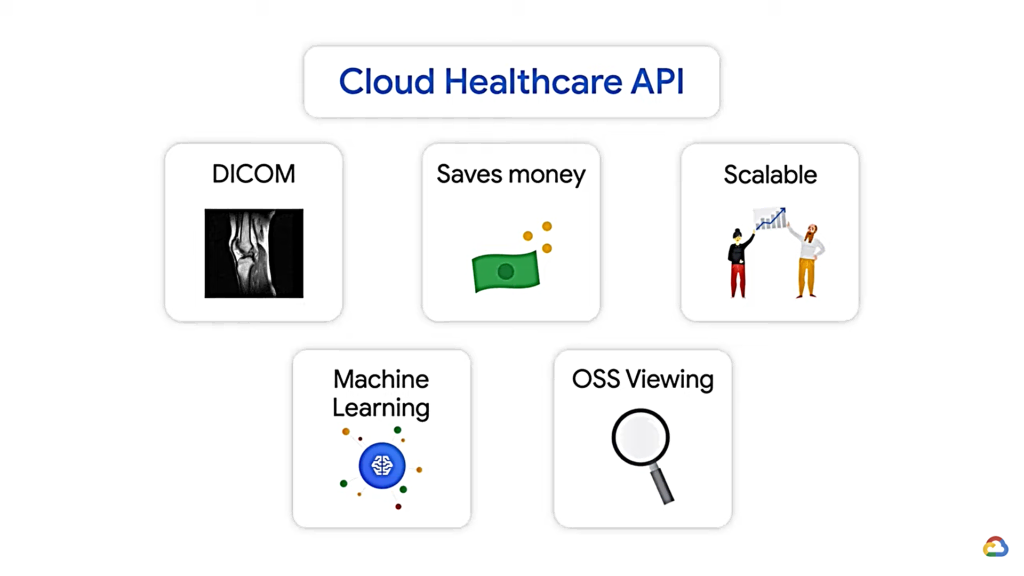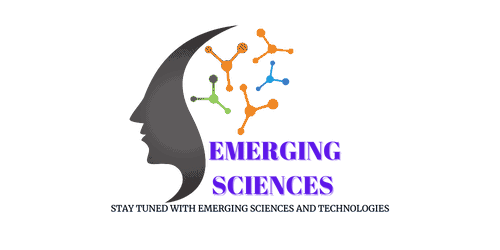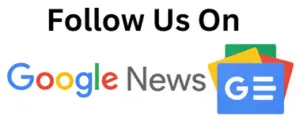Google Cloud Medical Imaging Suite, the newly launched artificial intelligence (AI) -powered medical imaging tool aimed to improve medical care worldwide.
Table of Contents
ToggleThere are billions of medical images scanned globally each year, which counts for around 90 percent of all healthcare data and the analysis of these complex data mostly depends on medical professionals.

The methods of imaging and their analysis again require special training and a time-consuming process.
Therefore, the Google Cloud Medical Imaging Suite will greatly help to reduce the workloads of medical staff as well as prevent misdiagnosis of critical care patients due to lack of proper training or experience of medical professionals.
Key challenges of medical imaging and analysis
There are several key challenges that medical professionals face during dealing with medical imaging and the most important are;
- Need for HIPAA compliance
- Staying updated with newly developed technology
- Difficulty to leverage the data to gain important insights using big data and machine learning
Need for HIPAA compliance
The medical professionals needed to ensure HIPAA compliance in clinical workflows to ensure patient privacy.
The HIPAA or Health Insurance Portability and Accountability Act compliance is a regulation for keeping the privacy of Protected Health Information (PHI) i.e., people’s healthcare data.
Compliance with HIPAA regulation is mandatory to follow by the covered entities (doctors, nurses, and insurance companies) and business associates (individuals and services that work with a covered entity such as administrators, accountants, Lawyers, and IT personnel).
Staying updated with newly developed technology
There are various technologies are developing day to day and each technology has much more advanced than the old technologies.
Therefore, it is very much important to stay updated with newly developed technology, but it is another key challenge for healthcare professionals and is so much expensive and confusing.
Difficulty to gain important insights using big data and machine learning
The ‘big data‘ is a large amount of data, which is not manageable by using traditional internet-based platforms or software as it requires large amounts of storage, processing, and analytical power.
The analysis of big data and machine learning provides meaningful insights such as unknown correlations, hidden patterns, market trends, and many more things.
But unluckily medical professionals face difficulty to analyze and understanding big data and gaining important insights.
Benefits of Google Cloud Medical Imaging Suite
- The Google cloud enables the development of artificial intelligence (AI) for imaging purposes.
- This AI-based imaging is a very much faster and more accurate diagnosis, which can increase the productivity of healthcare workers.
- Further, it also improves the patient care facilities by prioritizing critical cases, augmenting treatment decisions, and deeper screenings of underserved areas.
Key features of Google Cloud Medical Imaging Suite
The cloud health care API of Google overcomes these said challenges along with other helpful features for medical imaging analysis.
It supports;
(i) DICOM (Digital Imaging and Communications in Medicine),
(ii) Seamless integration with on-premises storage,
(iii) AI-assisted annotation environment and
(iv) Healthcare-specific security and compliance.
Related: How AI assisted annotation changing the world of deep learning in 2022
(i) Google Cloud Medical Imaging Suite supports DICOM
DICOM is an international standard file format specifically used for storing and transmitting medical images and other related information.
It maintains and regulates the formats and quality necessary for the medical images which can be exchanged with the data and clinical use.
The DICOM is implemented in almost every radiology, cardiology imaging, and radiotherapy device (X-ray, CT, MRI, ultrasound, etc.), and increasingly in devices in other medical domains such as ophthalmology and dentistry.
DICOM® is one of the most widely deployed healthcare messaging Standards in the world and in every thousand medical imaging devices, hundreds of images are using DICOM.
There are billions of DICOM images currently in use for clinical care.
For example, DICOM is the standard, which makes medical imaging work for doctors and patients such as from the emergency department to cardiac stress testing, to breast cancer detection.
Benefits of using Google Cloud Healthcare API DICOM
The Google Cloud Medical Imaging Suite of Google Cloud Healthcare API provides operations for reading DICOM instances, studies, and series that are consistent with the DICOMweb standard, and supports the DICOM DIMSE C-STORE operation using an open-source adapter.
It can also help to save money by enhancing or even eliminating the need for specific on-premise software, which requires expensive licensing fees and makes easy-to-scale customer architectures while maintaining low latency and high performance.
The cloud healthcare API also helps medical professionals leverage the power of machine learning by integrating well with vertex AI, Google cloud’s unified AI platform.
It connects easily with open-source tools like the open health imaging foundation viewer also known as the OHIF viewer which can allow viewing medical images for the purpose of analysis. This is because the cloud healthcare API exposes the DICOM store through the DICOM interface.
(ii) Seamless integration of Google Cloud Medical Imaging Suite with on-premises storage
The Google Cloud Medical Imaging Suite is seamlessly integrated with on-premises storage (a group of servers that privately own and controlled) via NetApp or Change Healthcare cloud-native PACS (picture archiving and communication system).
Integration with NetApp
NetApp is an American hybrid cloud data services and data management company that offers cloud data services for the management of applications and data both online and physically.
The NetApp delivers three important value propositions for customers,
- Improving the ease of migrating complex workloads, i.e., it makes it simple to migrate complex workloads for people who are using a combination of Windows and Linux to move SBM and NFS into a common platform.
- NetApp solutions are tightly integrated with Google Cloud and it made it much easier for people to move faster and they could get business results from shifting to a cloud model very quickly.
- The customers can get access to Google Cloud’s Multi-cloud data management, i.e., they can access technologies from multiple clouds.
Integration with Change Healthcare
The Change Healthcare offers an Intelligent Healthcare Network, which provides customers access to approximately 800,000 physicians, 117,000 dentists, 60,000 pharmacies, 5,500 hospitals, nearly 400 vendors, and 600 laboratories as well as nearly all government and commercial payers.
PACS is a medical imaging technology, primarily used in healthcare organizations to securely store and digitally transmit electronic images and clinically relevant reports.
It greatly reduces manual functions such as storing, retrieving, and sending sensitive reports, information and films.
The medical documentation can be securely stored in off-site servers and safely accessed essentially from anywhere in the world using PACS software, mobile, and workstations.

(iii) AI-assisted annotation environment
The demand for the application of artificial intelligence in medical image analysis has drastically grown in the last few years.
By understanding its core value and outcomes, the Google Cloud Healthcare API team also focused to use AI-assisted annotation in medical image analysis with the help of NVIDIA and the MONAI open framework.
AI-assisted solutions have emerged to speed up annotation workflows and increase productivity.
- AI-assisted annotation by NVIDIA
The applications of annotation tools in medical imaging greatly help radiologists to annotate organs as well as abnormalities.
These applications comprise software tools to isolate the organs of interest from the rest of the dataset and typically operate on 2D slices.
A radiologist takes a single 2D image slice from a patient’s scan and marks annotation boundaries and corrections as needed.
This manual process repeats for the next slice in which the organ of interest is annotated and corrected again.
Some applications also support 3D tools for annotation with region-growing techniques that perform fairly well with certain organs but poorly on other organs.
As these workflows are completely manual, the annotation process takes a lot of time.
However, NVIDIA AI-assisted annotation enables deep learning-based applications. It provides the tools which speed up the annotation process, as a result, it greatly helps radiologists in terms of saving time, and increasing productivity.
Here we have put a video found on YouTube by NVIDIA Developer, you can check it.
- AI-assisted annotation by MONAI label
The MONAI stands for Medical Open Network for Artificial Intelligence.
MONAI label is an intelligent open-source medical image labeling and learning tool, which enables the creation of annotated data sets and the building of AI annotation models quickly.
A typical manual annotation workflow can be a tedious time-consuming task, which is prone to observer variation.
To help address this issue, MONAI label help to reduce the time and effort of annotating new data sets and enables the adaption of AI to the clinical task at hand by continuously learning from user interactions and data.
MONAI label powers an AI-assisted annotation experience, allowing researchers and developers to make continuous improvements to their application with iterative feedback from the clinicians, who are the end users of this application.
Here we have put a video available on YouTube by Project MONAI, kindly check it.
Key Users of Google Cloud Medical Imaging Suite
The key users who might be interested in using the Cloud Healthcare API imaging include radiologists, researchers, data scientists, and IT decision-makers in clinical organizations.
The Google Cloud Healthcare API will be greatly helpful for the radiologists for viewing and analyzing the images, while the researchers and data scientists may use the images for diagnostics.
Further, the Cloud Healthcare API will greatly help IT decision-makers in clinical organizations to reduce costs and improve storage, scale, and elasticity.
You May Also Read: Nano Curcumin and its hidden potentials















